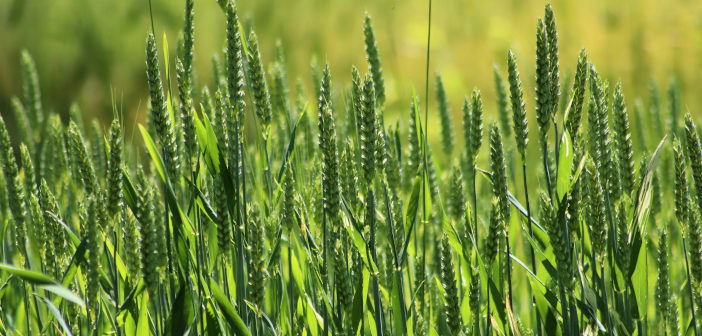Farmers growing spring wheat this year should consider applying foliar nitrogen to improve crop efficiencies and boost protein content in milling varieties, according to Micromix Plant Health.
Given that prilled urea or ammonium nitrate is only 60% efficient in ideal conditions and cannot be taken up by the plant when the soil is dry or too wet, using foliar nitrogen in a tank mix with fungicides, plant growth regulators or herbicides makes financial and environmental sense.
“Although foliar nitrogen seems more expensive, it is 85-90% efficient, so on a per hectare basis, it is comparable,” explained Doug Chaplin, managing director at Micromix Plant Health. “And as there is less loss of ammonia into the air or groundwater, it’s better for the environment.”
He added that producers may choose to use conventional soil-applied products early in the spring and then use foliar applications later, or take the foliar option throughout.
“You want to apply at the start of spring growth, and it’s best to apply little and often – typically whenever you’re applying fungicide or herbicides as a tank-mix to minimise the number of field passes and save on fuel,” said Mr Chaplin.
Users should be careful to choose a product that won’t scorch the crop. Products such as Multi-N, available from Frontier Ag, have a non-scorching formulation and can be applied in a low dilution, reducing the volume of water required per tank. It can be applied at 100 litres of water per hectare, at a rate of 5-90 litres per hectare of product, depending on the nitrogen requirement.
The formulation includes three forms of nitrogen: ammoniacal nitrogen, urea thiosulphate and nitric nitrogen, which supply both slow and quick release nitrogen and a bio-available form of sulphur.
“The nitric form is instantly available once absorbed by the leaf,” explained Mr Chaplin. “But the sulphur inhibits the nitrification of ammonia, so that becomes available nitrate following translocation to where growth is taking place. The fast-acting sulphur is immediately incorporated into S-rich amino acids which are key components of grain protein.”
For milling what, Mr Chapin suggests applying five litres per hectare at growth stage 25, 15 litres around the stem extension stage and then 40 litres at growth stage 59 to boost grain protein content.
“Last year, many producers opted to grow spring barley following the awful wet autumn, but margins were not that great, and this year the level of demand for malting varieties is unclear,” said Mr Chaplin. “So, many growers are instead looking to milling wheat as a spring option – which makes a lot of sense as the more profitable choice. But it will be important to maximise both yields and quality for optimum returns, which means giving the crop the best support possible.”
More information is available from www.micromix.com. Details about Multi-N can be found at www.frontierag.co.uk.


